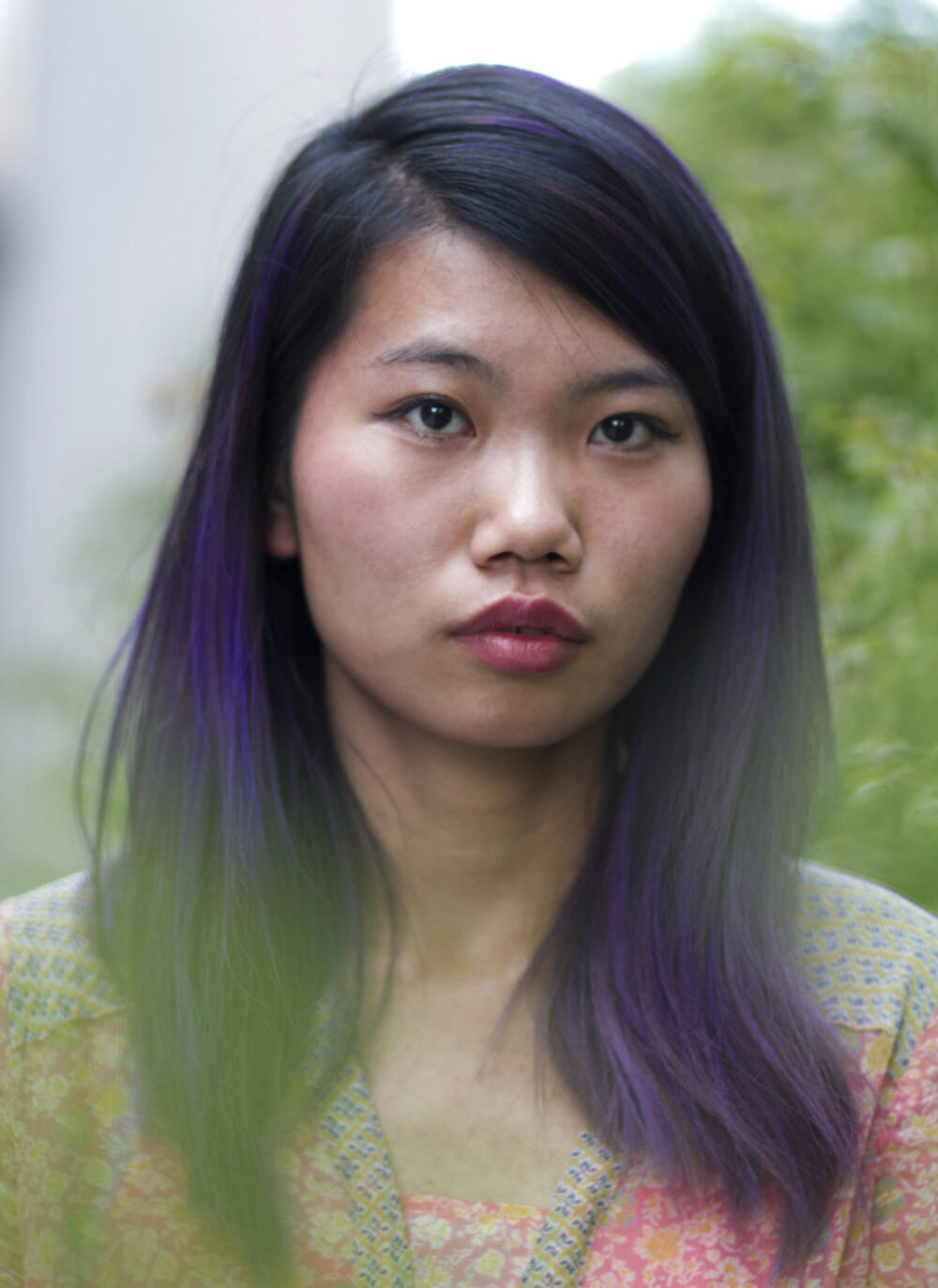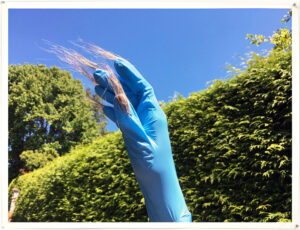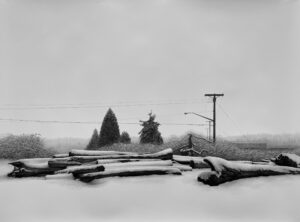Inhabiting Time Through Material Performance
Xinwei Che
See it On Campus: Level 2
Visitor InfoLibby Leshgold Gallery, Media Room Screening Times: 12noon & 2:40pm daily
In a culture that prioritizes efficiency and productivity, I feel constantly propelled to do more in an ever shorter amount of hours.
It is not simply having insufficient time, but the regulating of everyday life by principles of efficiency, and the constant process of re-sequencing them within designated time slots that generate the experience of time pressure.1 The acute and persistent sensation of not having enough time permeates deeply even into ‘leisure time’ as busyness becomes increasingly synonymous with a ‘full’ and ‘valued’ life2.
In my MFA program, I’ve been exploring ways to escape capitalist time through material rhythms and embodied gestures. I seek to open a space where deep geological time and expansive ritual time may arise to meet the harried present that we have become accustomed to.


Clay comes from deep geological time. Long before it is excavated from mining sites, processed and packaged into 50 lb bags, it has existed as mineral particles, eroded from the earth’s crust by wind and water over millions of years.
When these minerals are transported over long distances by a river the heavier particles separate from the lighter ones. The smallest particles remain suspended in water and only settle at the bottom of riverbeds when the water is very still. These particles yield clay bodies that are high in plasticity and can be stretched very thin without breaking3.
But I don’t fully understand this sensation of plasticity until I mix clay bodies from different minerals and practice wedging, rolling, pinching and joining them. As they respond and yield to the touch of my hands, I sense the immensity of geological time enfolded within them.


In film, our attention is often directed by deliberate framing of what we see and camera movement. We are so accustomed to this visual language, we often interpret insert shots that draw our attention to key narrative details, and skips in time to omit less eventful durations, without consciously registering the hand of the editor.
In Laying Ground, I use duration instead of camera movement to attune viewers to what is unfolding on screen. The static camera, patiently held in focus by my cinematographer, Noah Penner, insists that significant processes are unfolding.
One can hear fragments of passing conversations, and doors opening and closing in a distance, which suggests the multiplicity of temporal rhythms. But most of these surrounding activities occur outside the frame visually and auditorily. The focus of the camera remains on the cracks weaving through the clay ground, drawing closer to reveal minute shifts in colour and texture as clay dries gradually over time.


The film, Laying Ground, has a duration of 75mins, and can be viewed in the Libby Leshgold Media Room, in part or in full, from 10th – 24th May. Screenings begin at 12noon and 2:40pm daily, Mondays to Sundays.
–
- Hochschild, A. R. (1997). The Time Bind: When Home Becomes Work and Work Becomes Home. New York: Henry Hol.
- Gershuny, J. (2005). Busyness as the Badge of Honor for the New Superordinate Working Class. Social Research, Vol 72 (2), 287 – 314.
- Reijnders, A. (2005). The Ceramic Process. USA: University of Pennsylvania Press.





